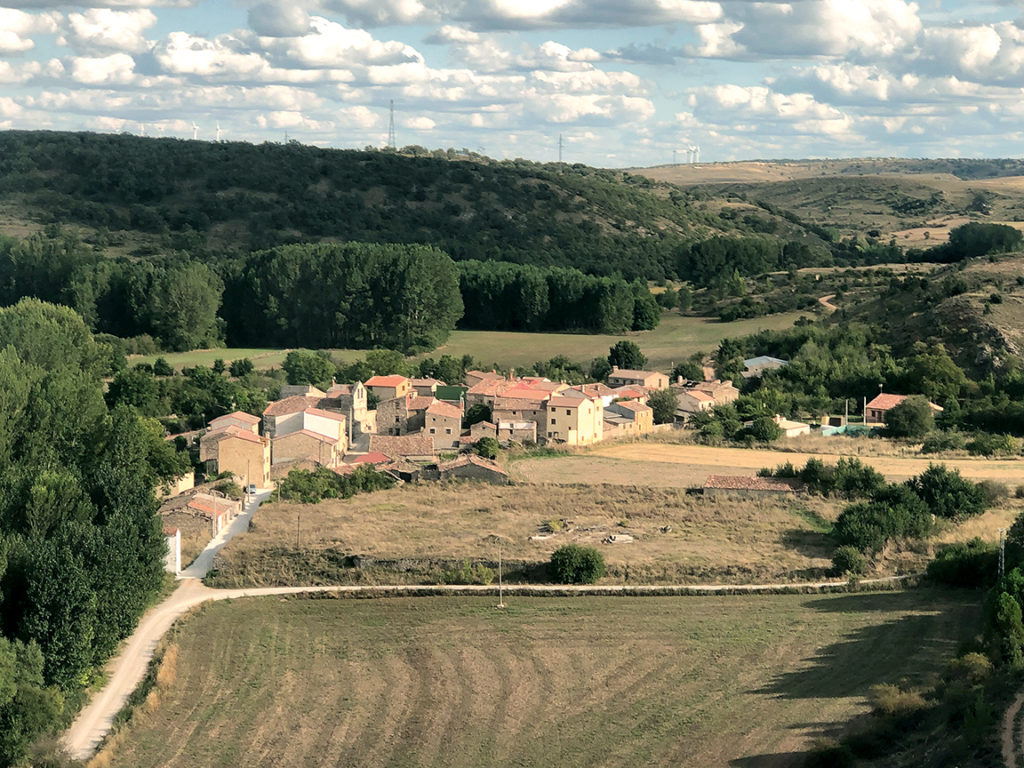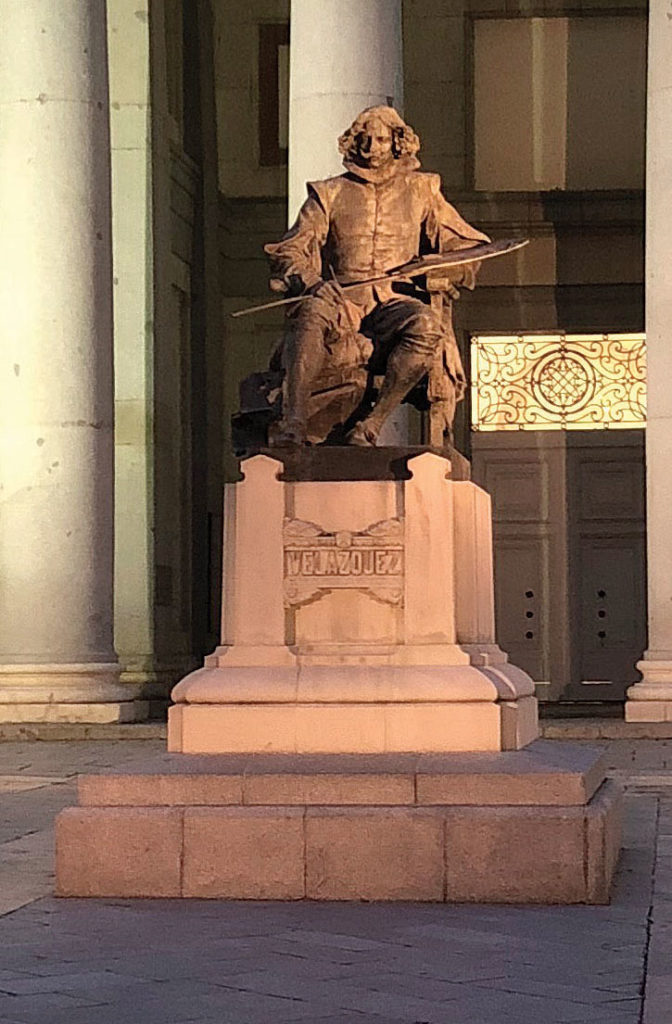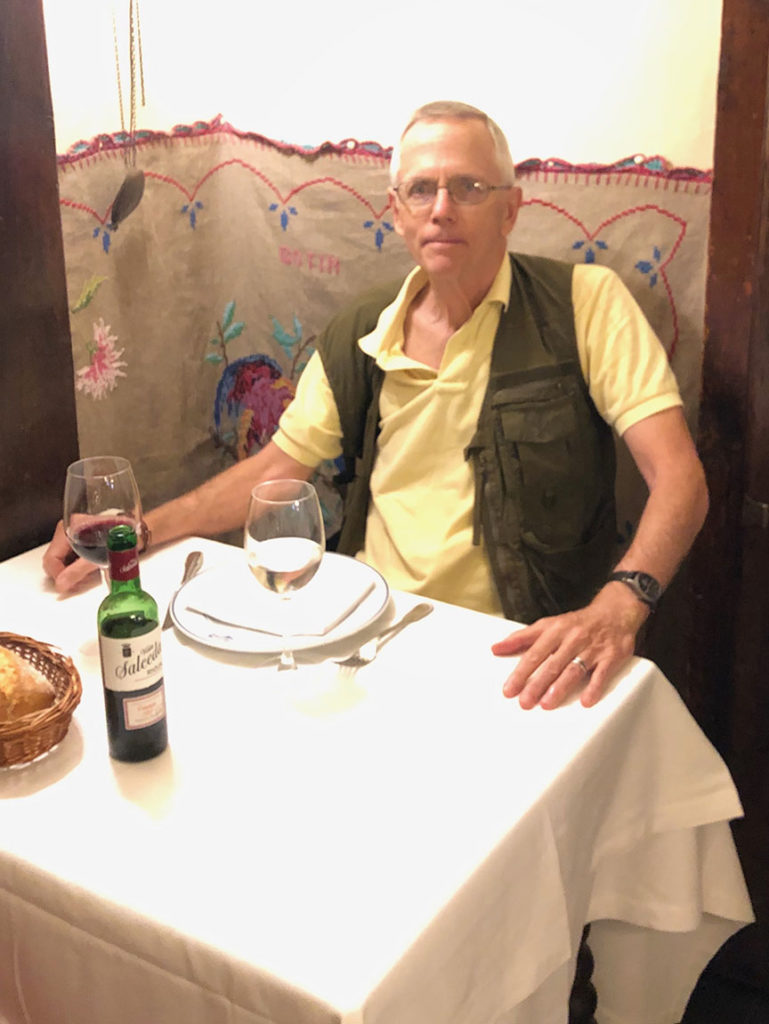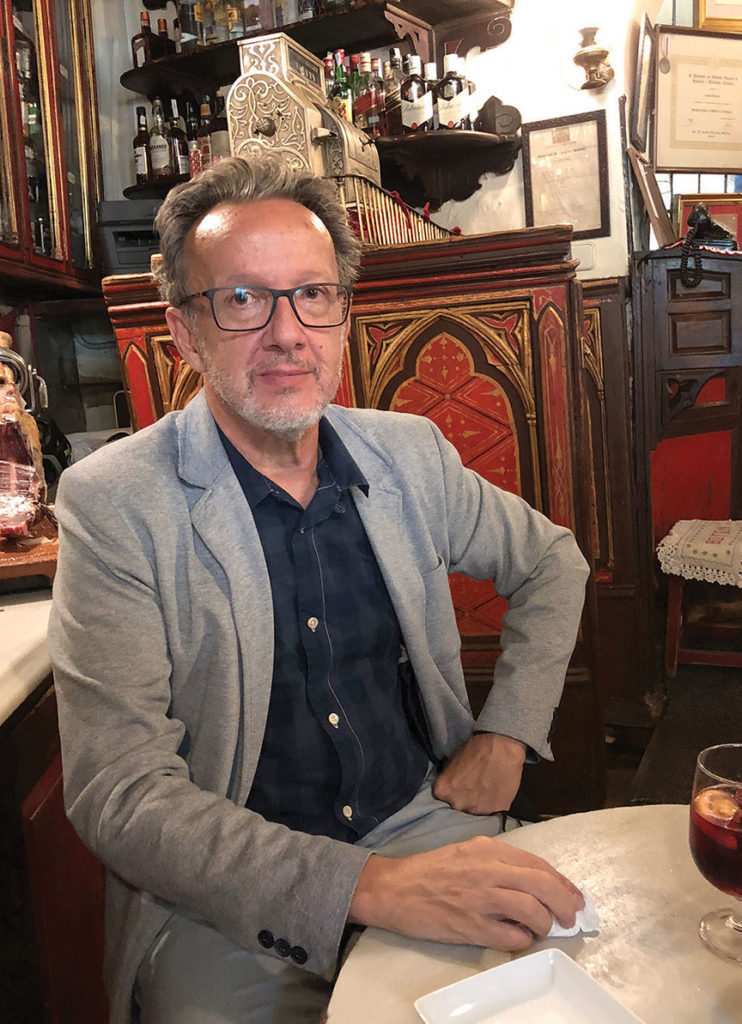
Editor’s note: Watt Miller was born and raised in Johnson City. He got his start in journalism as a reporter for the then Johnson City Press Chronicle. He retired after 40 years as a print and broadcast journalist. He lives with his wife in Decatur, Georgia.
By Watt Miller
If there is one city in Spain Ernest Hemingway favored above all others, it is Madrid.
Here’s what he said about Madrid in his nonfiction book Death in the Afternoon:
“It is the most Spanish of all cities, the best to live in, the finest people, month in and month out the finest climate.”
From the 1920s when he lived in Paris as a struggling writer until his death in 1961,Hemingway traveled to Spain countless times and he always spent time in Madrid. His two main attractions were the bullfights and the world-renowned Prado Museum, officially Museo Nacional del Prado.
“If it (Madrid) had nothing else than the Prado,” he wrote, “it would be worth spending a month in every spring.”
Hemingway also used Madrid as a base when he covered the Spanish Civil War as a correspondent for the North American Newspaper Alliance in the 1930s.
During a recent trip to Spain, I followed Hemingway’s footsteps to Pamplona, the Basque city famous throughout the world for the Running of the Bulls which figures prominently in his first novel The Sun Also Rises, and to Madrid, a beautiful, sprawling, vibrant capital.
At 11 o’clock one sunny morning I boarded one of Spain’s sleek, fast trains at Pamplona station and settled into a window seat so I could enjoy the passing rolling countryside of farmland, lush green stands of hardwood trees and the occasional village. At one point I went to the food car and had espresso and biscotti. You can either stand at the bar or at the window running the length of the car and take in the passing scenery, which is what I did.
We arrived at Madrid’s main train station (Estación de Atocha) right on time. Once outside, I quickly got a taxi to my hotel, Hotel Mora by MIJ. As I got in the taxi and gave the name to the driver, he looked at me with a scowl on his face and mumbled something in Spanish. Later I realized the hotel was a short 10-minute walk from the train station.
A block away across the busy Paseo del Prado is the Prado Museum. On the opposite side of the street is the Palace Hotel, where Hemingway stayed many times. To walk along the Paseo del Prado is a delight. Numerous shops, bars and eateries line one side. On the Prado side you’ll find huge hardwood trees, more shops and eateries plus the Real Jardin Botanico, the 19-acre botanical garden.
Whenever Hemingway stayed at the Palace Hotel, he was given the same room, which offered a view of the Prado. He would often be the first person at the entrance when it opened in the morning.
During the Spanish Civil War Hemingway and many other foreign correspondents stayed at the Hotel Florida, which was built in 1924 and demolished in 1964. According to his third wife, Martha Gillhorn, Hemingway always had two adjoining rooms on the corner at the back of the hotel. Hemingway said by staying there he was out of the line of fire of the Nationalist artillery in the hills surrounding the city.
Hemingway, however, was no armchair reporter. Countless times he ventured to the Republican frontlines to learn firsthand what was happening on the battlefield. And he often came under fire. There’s no doubt his loyalties were with Republicans. He minced no words about his sentiments in an unpublished account of the war:
“During the last fifteen months I saw murder done in Spain by the fascist invaders (Germany and Italy who provided men and weapons to Francisco Franco’s army) …you have anger and hatred when you see them do murder. And you see them do it almost every day… All last spring, last fall and last winter we saw the fascist artillery doing murder in Madrid and you never see it without hatred and anger.”
Hemingway never returned to Spain until the end of the Franco dictatorship in 1975. Juan Carlos became King of Spain and began the country’s transition to democracy. But he became an internationally recognized aficionado of bullfighting long before then. He witnessed his first bullfight in Madrid in the early 1920s and made nearly a dozen return trips, traveling to bullrings throughout the country.
Just as he had his favorite hotels, Hemingway treasured a number of bars and restaurants in Madrid. One is the venerated La Venencia, a sherry bar that first opened its doors more than 70 years ago. During the civil war, Hemingway would go to this watering hole late at night to rub shoulders with Republican soldiers where he often gained tips on battlefield action. As it was then, today only five Spanish sherries are on the menu: Manzanilla, Fino, Oloroso, Amontillado and Palo Cortado.
During Hemingway’s many trips to Madrid, he rarely passed on the opportunity to have a meal at Sobrino de Botin, founded in 1725. The Guinness Book of Records says it’s the oldest restaurant in the world.
I arrived at Botin on a sunny, cloudless afternoon and met co-owner Jose Gonzalez. He and his cousin inherited Botin from their grandfather in 1987. This four-story eatery is located at Calle Cuchilleros, just off the Plaza Mayor, the historical center of Madrid.
As I entered Botin, the maître d’ showed me to a table off from the main first floor dining room where I was greeted by Gonzalez. One of the first things I noticed was a vintage cash register on a counter against a wall.
Gonzalez told me the reason for Botin’s longevity is “we try to follow the simple rule of treating everybody as we treat ourselves. Plus, we follow the simple recipes handed down by our grandfather.”
Stepping into Botin is like entering another era. The décor has changed little from the 18th century except for the expansion by Gonzalez and his cousin, which included adding dining rooms on the second and third floors.
The rooms feature wooden tables and chairs, dark oak beams on the ceilings and black and white checkerboard marble floors. On the walls are photographs of family members, living and deceased, scenes of old and new Madrid and art work.
Botin was hit hard by the Covid pandemic. “We were closed for about four months in 2020,” Gonzalez said. “We’ve been losing money since January but business is now picking up. All of our 72 employees are fully vaccinated.”
Today, Botín is famed for its rustic Castilian cuisine, including succulent roast suckling pig and lamb. Gonzalez says the iconic wood-fired oven has been used since Botin first opened its doors. “The fires have never gone out. Even when we were closed employees came in every day to keep the fires burning.”
He says today Botin is popular both among tourists and locals. “Not so much with the younger crowd. They prefer tapas bars with music. It was nearly full while I was there.
Among the numerous things Botin is noted for is the ancient wine cellar. I followed Gonzalez down a series of steep winding stairs with my shoulders lowered so I wouldn’t crack my head on the stone ceiling.
The cellar goes back to the 16th century. It’s deep underground, the reason for its musty smell and dampness. One entire section contains bottles covered in dust and cobwebs. Other sections held more recent bottles served to customers.
Gonzalez next took me upstairs to the second floor and showed me the table that was always reserved for Hemingway. “He always had his back to the wall so he could see the other diners.”
“My grandfather knew Hemingway and spoke to him whenever he came for a meal or wine.”
In the final scene of his novel The Sun Also Rises Hemingway placed the two main characters in Botin:
“We lunched up-stairs at Botin’s. It is one of the best restaurants in the world. We had roast young suckling pig and drank rioja alta.”
Once I finished my interview I had lunch at Botin, sitting at Hemingway’s table. Gonzalez recommended that I start with gazpacho soup served with diced onion, garlic and parsley. It was the best I’ve ever tasted. Accompanying it was a small loaf of fresh baked sourdough bread.
The piece de resistance, of course, was roast suckling pig and roasted potatoes. The pork was roasted to perfection: crispy skin, juicy and mouthwatering meat. With all this I had a half-bottle of 2017 Fina Salceda Rioja.
I had planned to pass on dessert. But to my surprise I was presented with not one but two selections: Tarta de queso de la abuela (Basque style cheesecake) and TartaBotin (cream layer cake). Sinful but heavenly.
The next day I boarded the high-speed express train to Barcelona. And the following day got a nonstop flight to Atlanta.
The pull of Iberia never ceases. So I’m now planning a return visit in the near future.
Part 1 can be found here.






